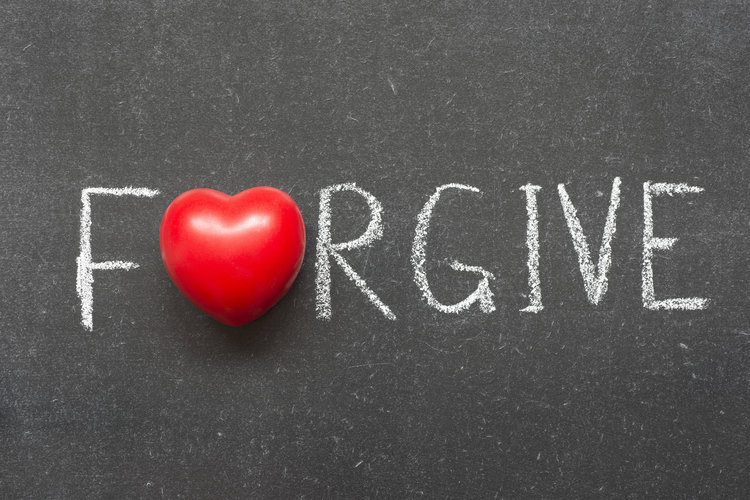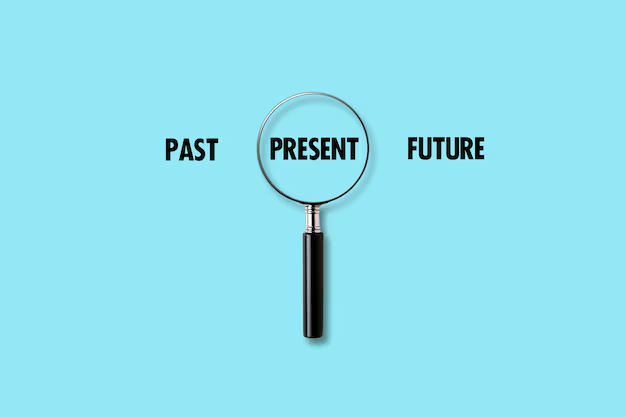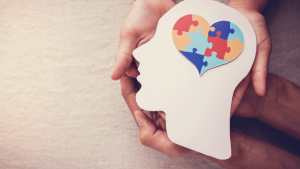How to forgive and move forward

Forgiveness is one of the most powerful tools for emotional well-being, yet it is often one of the hardest to practice. Holding onto anger, resentment, or hurt can weigh heavily on your mind and body, affecting your relationships, mental health, and even physical wellness. Learning how to forgive doesn’t mean condoning wrongdoing or forgetting the past—it means freeing yourself from the grip of negative emotions so you can move forward with peace and clarity.
1. Understand What Forgiveness Really Means

The first step in forgiving is understanding what forgiveness truly entails. Forgiveness is not about excusing harmful behavior or allowing someone to continue hurting you. It’s about acknowledging the hurt, accepting that it happened, and making a conscious choice to release the emotional burden associated with it. By redefining forgiveness as a personal act of liberation rather than a favor to the person who hurt you, you empower yourself to regain control over your emotions.
2. Acknowledge Your Feelings
Before you can forgive, you must fully acknowledge your feelings. Suppressing anger, sadness, or betrayal often prolongs emotional pain. Take time to identify exactly what you feel and why. Journaling can be a helpful tool—writing down your thoughts allows you to explore your emotions without judgment. Speaking to a trusted friend, family member, or therapist can also provide clarity and validation. The more you understand your emotional response, the easier it becomes to release it.
3. Shift Your Perspective
Forgiveness often requires a shift in perspective. Try to see the situation from a broader viewpoint. Ask yourself questions like: Why might this person have acted this way? or What can I learn from this experience? This doesn’t justify their actions, but it can help you detach from the emotional intensity of the event. Understanding that everyone is fallible, and that mistakes are part of human nature, can make it easier to cultivate empathy—even in difficult situations.
4. Set Boundaries

Forgiveness does not mean allowing someone to repeatedly harm you. Moving forward sometimes requires setting healthy boundaries. This may involve limiting contact, redefining your relationship, or clearly communicating your expectations. Boundaries ensure that forgiveness is a healing process for you rather than an opportunity for continued pain. Remember, forgiveness is about freeing yourself from anger and resentment—not sacrificing your safety or well-being.
5. Let Go of Resentment
Letting go is the essence of forgiveness. Resentment acts like a heavy backpack, weighing you down and preventing emotional growth. To release it, practice consciously redirecting your thoughts whenever anger or bitterness surfaces. Techniques like deep breathing, meditation, or visualizing yourself putting the hurt into a box and setting it aside can be powerful. It may take time, and setbacks are normal, but each effort to release negativity brings you closer to peace.
6. Practice Self-Compassion
Forgiving yourself is often as important as forgiving others. Many people struggle with guilt or self-blame, and carrying these feelings can make forgiveness toward others even harder. Treat yourself with kindness, recognize your growth, and allow yourself the grace to heal. Self-compassion nurtures emotional resilience and reinforces the belief that you deserve happiness and freedom from the weight of grudges.
7. Focus on the Present and Future

Forgiveness is ultimately about moving forward. Dwelling on past pain traps you in a cycle of suffering. Instead, focus on what you can control in the present and how you want your future to look. Setting positive intentions, pursuing goals, and surrounding yourself with supportive people can help you replace negative energy with constructive momentum. By actively choosing joy and growth over bitterness, you reinforce your commitment to a healthier, more fulfilling life.
8. Seek Support if Needed
Forgiveness can be challenging, especially in cases of deep trauma or betrayal. There’s no shame in seeking help from a therapist, counselor, or support group. Professionals can guide you through structured techniques such as cognitive reframing, mindfulness practices, or emotional release exercises. Support systems not only provide guidance but also remind you that you’re not alone on your journey to healing.
Conclusion
Forgiveness is not a one-time event but a process that requires patience, self-reflection, and intentionality. It’s about reclaiming your peace and stepping forward without carrying the weight of past hurts. By acknowledging your feelings, shifting your perspective, setting boundaries, and practicing self-compassion, you create space for healing and growth. Ultimately, forgiveness is a gift you give yourself—a pathway to freedom, resilience, and the ability to embrace life fully.
Embrace the journey of forgiveness today, and you’ll find that letting go of the past can open the door to a brighter, lighter future.




